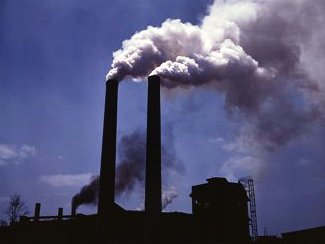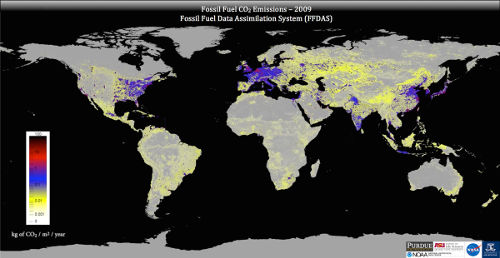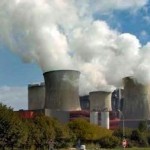 World leaders face multiple barriers in their efforts to reach agreement on greenhouse gas emissions policies. And, according to Arizona State University (ASU) researchers, without globally consistent, independent emissions assessments, climate agreements will remain burdened by errors, self-reporting and the inability to verify emissions progress.
World leaders face multiple barriers in their efforts to reach agreement on greenhouse gas emissions policies. And, according to Arizona State University (ASU) researchers, without globally consistent, independent emissions assessments, climate agreements will remain burdened by errors, self-reporting and the inability to verify emissions progress.
Now, an international research team led by ASU scientists has developed a new approach to estimate CO2 emissions from burning fossil fuels – one that provides crucial information to policymakers. Called the “Fossil Fuel Data Assimilation System”, or FFDAS, this new system was used to quantify 15 years of CO2 emissions, every hour, for the entire planet – down to the city scale. Until now, scientists have estimated greenhouse gas emissions at coarser scales or used less reliable techniques.
Researchers unveiled the new system in an article published on September 10 in the Journal of Geophysical Research.
The FFDAS uses information from satellite feeds, national fuel accounts and a new global database on power plants to create high-resolution planetary maps. These maps provide a scientific, independent assessment of the planet’s greenhouse gas emissions – something policymakers can use and the public can understand.
“With this system, we are taking a big step toward creating a global monitoring system for greenhouse gases, something that is needed as the world considers how best to meet greenhouse gas reductions,” said Kevin Robert Gurney, lead investigator and associate professor in ASU’s School of Life Sciences. “Now we can provide all countries with detailed information about their CO2 emissions and show that independent, scientific monitoring of greenhouse gases is possible.”
The research team combined information from space-based “nighttime lights,” a new population database, national statistics on fuel use, and a global database on power plants to create a CO2 emissions map broken down by hour, year and region.
The School of Life Sciences is an academic unit in the College of Liberal Arts and Sciences.

“The accuracy of the FFDAS results is confirmed by independent, ground-based data in the United States,” said Salvi Asefi-Najafabady, lead author of the report and postdoctoral researcher at ASU. “This makes us confident that the system is working well and can provide useable, policy-salient information.”
“This is an incredibly helpful tool for national and international policymakers and the public to get a grasp of whether strategies to reduce greenhouse gases are effective,” said Jennifer Morgan, Director of the Climate and Energy Program at World Resources Institute (WRI). “It serves as a complementary approach to current bottom-up accounting methodologies. No longer will there be a delay in understanding the latest GHG trends.”
The FFDAS showed surprising detail on global emissions before and after the Global Financial Crisis, with portions of the U.S., Europe and India recovering sooner and more dramatically. The multiyear results also showed the dramatic rise of CO2 emissions in China and South Asia. Hence, the sub-national details offer insights into economic activity at scales for which traditional economic data has been limited.
“It used to take years to assemble all the statistics on CO2 emissions,” said Peter Rayner, lead investigator from the University of Melbourne, Australia. “With this system, once the satellite data is flowing, we can update our emissions maps each year. It gives a quick check on efforts to limit climate change.”
The research team includes ASU, University of Melbourne, Australia, NOAA’s National Geophysical Data Center, Colorado State University and Purdue University. NASA funded the three-year FFDAS project.
Check the following link to read/download the Full Study – “A Multiyear, Global Gridded Fossil Fuel CO2 Emission Data Product: Evaluation and Analysis of Results”:
http://onlinelibrary.wiley.com/doi/10.1002/2013JD021296/abstract
Source: ASU.














